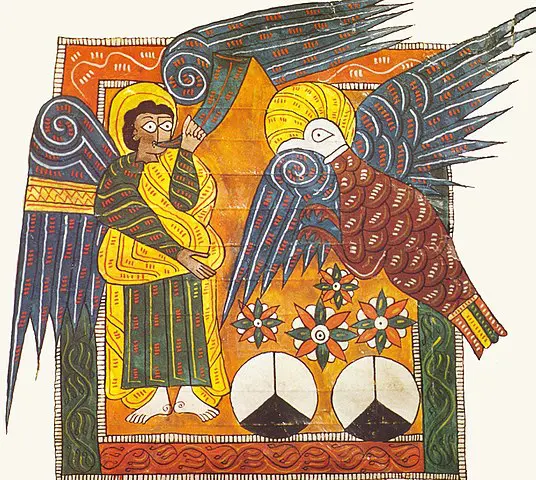The Apocalypse — an Ancient Greek word meaning Revelation — of John is probably one of the most suspenseful — if not the most suspenseful — book of the New Testament. It is filled to the brim with rather outworldly experiences and visions and includes many extraordinary figures and events, such as a dragon with seven heads and the Second Coming.
The style in which it was written is a somewhat simple one and I have met a handful of people that outright claim the language of the Apocalypse to be outright bad; and whilst, indeed, it is not the most eloquently written Greek of the New Testament — if eloquence were an award it would, undoubtedly, be given to Hebrews — the exciting and suspenseful content make up for its lack of linguistic prestige.
And even though it is the very last book of the New Testament, because of the aforementioned peculiarities of it, I have decided to translate first of all.
You can find more information about this spectacular book of the New Testament in my Observations by an Intermediate Student. The textual basis of the Ancient Greek text is from Wikisource.
 The Fourth Angel sounds his trumpet, Apocalypse 8 — circa 950. (Commentaria in Apocalypsin)
The Fourth Angel sounds his trumpet, Apocalypse 8 — circa 950. (Commentaria in Apocalypsin)